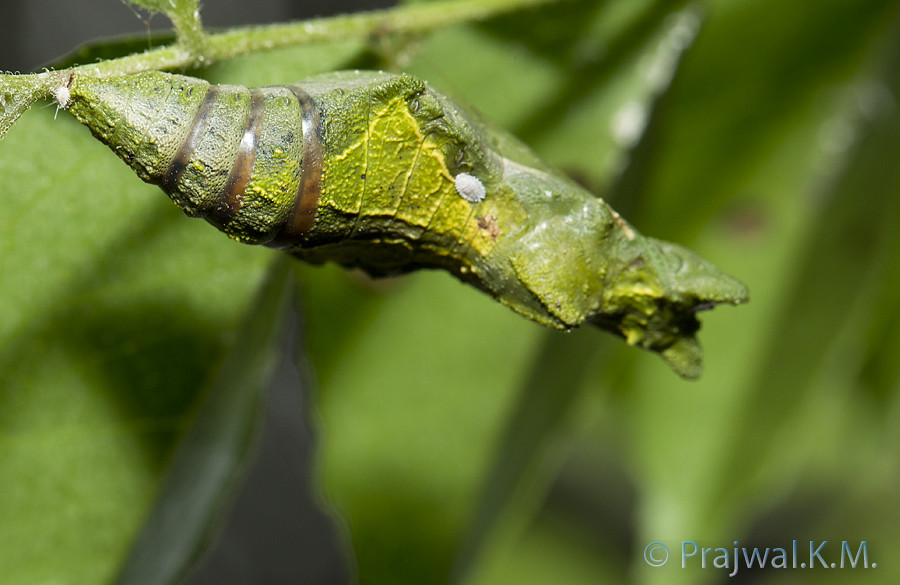Greater Rann of Kutch
A journey of around 6 hours from Rann Riders brought us to Nakhatrana where our stay was arranged in Centre for Desert and Ocean. Our days here were to be spent exploring the Banni grasslands.
The Banni grasslands of Greater Rann of Kutch are very different from the dried up landscape of Little Rann of Kutch. Due to volcanic activity in the distant past, a few rocky hills litter the land. There is even a rock, by the name of bird rock, where one can find red-tailed wheat ears. Most of the grassland is covered by pock marks caused by thousands of cranes digging the ground for dried tubers.



